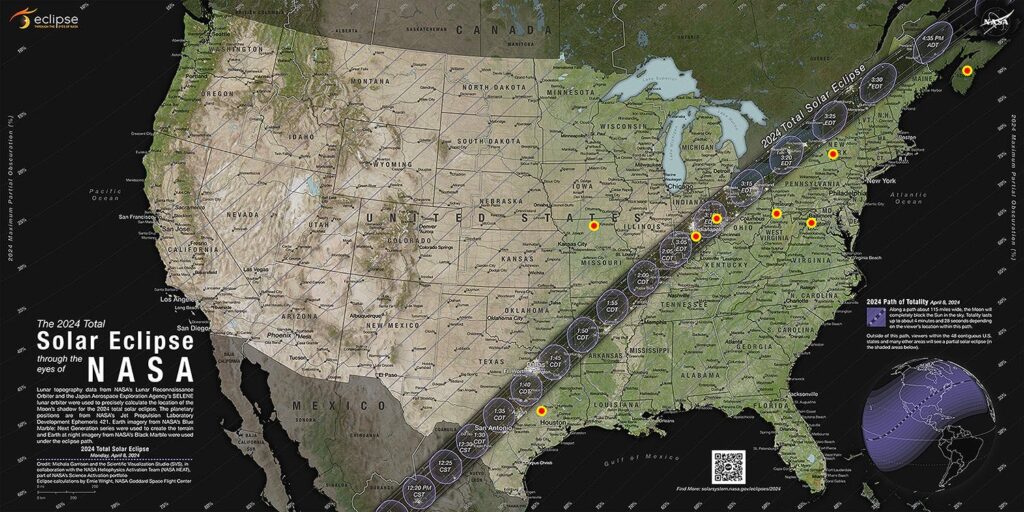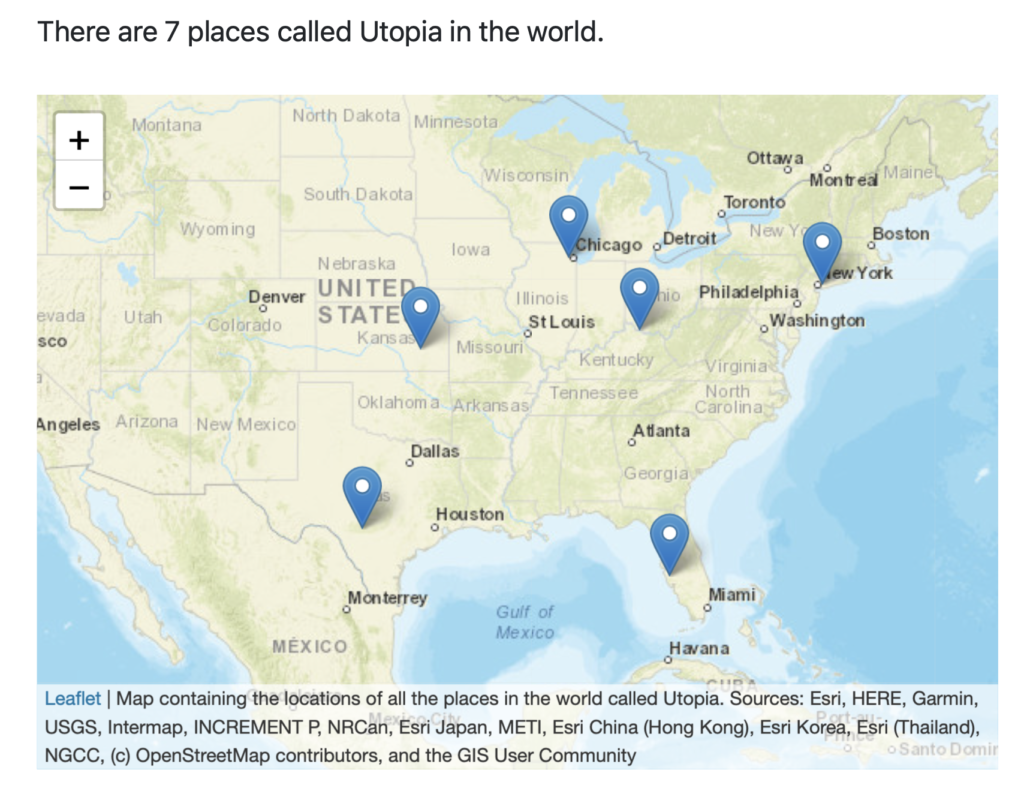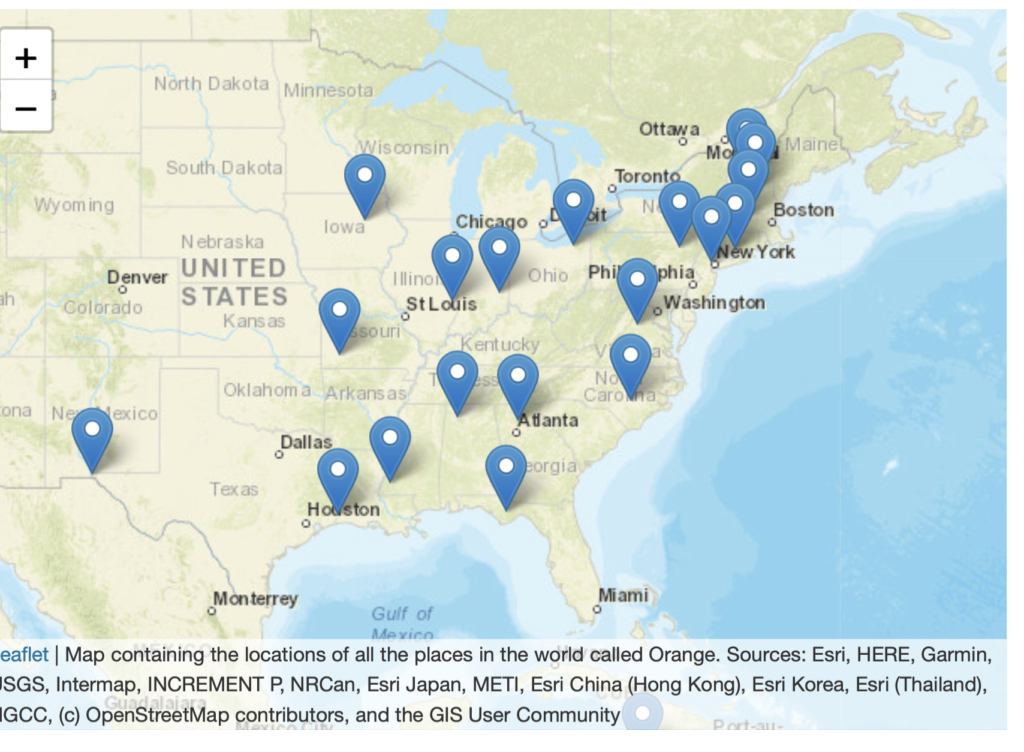
NOTE: The following is a chapter from my Kindle e-book titled “Jesus Said What Now? The Most Mysterious Sayings and Doings of Jesus—Decoded.“
Hey friend, a big piece of a biblical puzzle is about to fall into place for you. Ready?
The “Jesus” revealed in the Gospels is generally gentle and kind … kind to strangers, kind to children, patient with sinners, the teller of stories about birds and flowers and lost sheep and prodigal sons. That’s the Jesus we see so consistently throughout Matthew, Mark, Luke, and John.
Which means most of us don’t know what to do with the angry, violent Jesus of Mark 11. You know, the Jesus who fashioned a whip out of leather straps and went on a table-flipping rampage through the outer court of the Temple around the time of Passover. What was that about? Well, there is an answer to that question that may surprise you. And it’s not what most of us have been taught. Or at least there is a big missing piece of the puzzle.
The account of Jesus “cleansing the Temple” is recorded in all four gospels. You can’t say that about many of the events in Jesus’ ministry. So, it must be pretty important. Let’s examine Mark’s account of the incident—which occurred in the opening days of the Passover week—verse by verse.
First a little context. Jesus has just had His “Palm Sunday Triumphal Entry” into Jerusalem where He fulfilled prophecy by entering the city gates on the back of a donkey and throngs of people hailed Him as the Messiah. Then:
And Jesus entered Jerusalem and came into the temple area; and after looking around at everything, He left for Bethany with the twelve, since it was already late.
(Mark 11:11 NASB)
Okay, this is very interesting. It’s late in the day. Jesus walks into the Temple complex. Mark said He was “looking around at everything.” And then Jesus heads back out of the city to spend the night in Bethany. Got it? Then He returns the next morning with the disciples. So let’s pick up the story in verse 15:
So they came to Jerusalem. Then Jesus went into the temple and began to drive out those who bought and sold in the temple, and overturned the tables of the money changers and the seats of those who sold doves. And He would not allow anyone to carry wares through the temple. Then He taught, saying to them, “Is it not written, ‘My house shall be called a house of prayer for all nations’? But you have made it a ‘den of thieves.’”
(NKJV)
Okay, let’s establish a little more context here. According to the book of John, Jesus attended the Passover festival observances in all three years of His ministry. And Matthew, Mark, and Luke all make it clear that this particular Passover is His final one—the one that will lead to His arrest, trial, and crucifixion.
So, if this is His third Passover in Jerusalem since launching his ministry, why not get upset about the money changers on any of those previous visits to the Temple? Or any of the other times He’d visited the Temple during the great feasts and festivals? We’re about to find out! The key to solving the mystery is in what Jesus Himself said in explanation of His violent actions.
But first, you need to understand the role of merchants and money changers at the Temple during the major feasts.
For centuries, Jews had been scattered across the Near East and around the vast Mediterranean Sea. Many Jewish pilgrims traveled hundreds of miles to attend the spring and fall festivals. And it was impractical to try to bring animals for sacrifice and offering on those long journeys. You try dragging some sheep, goats, or birds to Jerusalem from Spain, North Africa, or Persia using First Century modes of travel. Not really an option. So Temple officials arranged for festival pilgrims to be able to purchase animals once they arrived. Thus, the merchants selling doves, goats, and other items near the Temple Mount. But there was another issue.
Citizens of the vast Roman Empire carried Roman coins. And as Jesus pointed out to a group of questioners one day, Roman coins carried an engraved image of the Roman Emperor, who was worshipped by Gentiles as a demigod throughout the empire. The Jewish leaders of that day had determined that it was a violation of the Second Commandment (no graven images) to use Roman coins to buy animals to be sacrificed in the heart of the Temple complex. So, they created a solution for this problem as well. They allowed currency exchange booths to be set up near the animal vendors so people could make their animal purchases in shekels. This is how both merchants (animal sellers) and money changers became a part of the Temple Mount scene whenever there was a major observance like Passover. Are you tracking?
Secondly, you need to understand the layout of Herod’s Temple.
The Temple Jesus knew and visited frequently contained four separate “courts” … arranged from outermost to innermost. Entering the Temple’s outermost gate put you in the Court of the Gentiles, the only place on the holy hill where Gentiles could set foot. One step closer to the holy heart of the Temple complex was the Court of the Women, where ceremonially clean Jewish women were allowed to gather. This is as close as any Jewish woman was allowed to get to the Holy of Holies where God’s presence was said to dwell. One layer deeper into the complex brought you to the Court of Israel (also called the Court of Men). Here, ceremonially clean Jewish men could stand just outside an even deeper level—the Court of Priests where the Levites carried out their sacred duties.
Here’s the relevant question: Why have a “Court of the Gentiles” at a Jewish Temple? They built one because throughout the Old Testament period and throughout God’s dealings with Israel, God had made it clear that He wanted to bless and reach the Gentiles through His relationship with Israel.
From the very beginning, when God told Abram that He was going to make him a great nation, He mentioned that through his seed “all the nations of the earth would be blessed.” Note that term “the nations.” Almost every time you see it in the Bible, it’s referring to the Gentile peoples throughout the earth. Through numerous directives, prophecies, and psalms, God made it clear that part of Israel’s role in the earth was to be a light to the Gentiles. THAT’S why there was a “Court of the Gentiles” on the Temple Mount. God wanted “God-fearing” Gentiles to be able to draw near to pray … as a small down payment on the day the Messiah would come and make a way for both Jews and Gentiles to have direct access to His presence. Until that day, the Court of the Gentiles would serve as the one place on earth a Gentile could get close to the Presence of God and pray. BUT …
By Jesus’ day, something had changed.
The Pharisees’ power and influence had risen. And the Pharisees considered it defiling to even have to be in close proximity to a Gentile. They were considered lower than dogs. Several of Jesus’ parables aimed at the Pharisees reference this revulsion. In the eyes of the Pharisees, the presence of Gentile pray-ers on God’s holy hill was as offensive as having pigs or dogs roaming around on the Temple Mount. Having to walk past Gentiles to get to the Court of Men was just too much.
So, at some recent point, the Pharisees had successfully lobbied to have the currency exchange booths and sacrificial animal sellers moved farther up the hill to the Court of the Gentiles, effectively crowding the Gentiles out of their designated space. It’s possible they had even been banned from setting foot in the Temple complex altogether.
Adding to this violation of God’s designated design, the money changers and the sellers apparently were corrupt and cheating the pilgrims. The former were offering sketchy exchange rates. The latter were overcharging the poor for the doves the law required them to purchase if they could not afford a lamb or a goat.
Armed with all that architectural and cultural context, let’s return to Mark’s narrative of Jesus’ table-flipping spree. There is a detail in verse 11 that I’ve never heard anyone mention when preaching or teaching on this passage. Let’s look at it again:
And Jesus entered Jerusalem and came into the temple area; AND AFTER LOOKING AROUND AT EVERYTHING, He left for Bethany with the twelve, since it was already late.
(Mark 11:11 NASB, emphasis added)
Jesus’ actions when He returned the next day were not some impulsive, emotional, spur-of-the-moment reaction. Jesus was not suddenly triggered by what He saw there and just … snapped. No, Jesus had inspected the Temple complex the previous evening and, because it was late in the day, with the merchants and money changers likely packing up before sunset, Jesus left and returned to Mary and Martha’s place in Bethany.
What Jesus did the next morning was calculated and fully authorized by His heavenly Father. Remember, Jesus once said that I only do those things that I see my heavenly Father doing. John’s account adds the detail that Jesus took the time, probably that night, to fashion and weave together a multi-thonged whip out of leather strips. That was no quick process. Cutting and weaving a cat of nine tails out of leather gives a man time to think. And pray. And plan.
That next morning, He walked back into the Temple complex, whip in hand, and proceeded to do what we’ve all read and heard about many times. But why? My socialist friends love this passage because Jesus seems to be making an anti-capitalist statement by attacking both merchants and bankers. But is that the real takeaway here?
The answer lies in Jesus’ statement of explanation. After arriving at the Court of the Gentiles and again finding it NOT filled with God-fearing Gentiles seeking to pray as close as possible to the Presence of God, but rather finding it filled with corrupt merchants overcharging the poor and predatory money converters, Jesus drove them all out of the square and then, when challenged about it by the authorities, asked this question:
“Is it not written, ‘My house shall be called A HOUSE OF PRAYER FOR ALL NATIONS?’ But you have made it a ‘den of thieves.’”
(Mark 11:17, NKJV emphasis added)
Jesus basically asked them if they’d read Isaiah 56:6–7, which in the NIV says:
“And foreigners who bind themselves to the Lord to minister to him, to love the name of the Lord, and to be his servants, all who keep the Sabbath without desecrating it and who hold fast to my covenant—these I will bring to my holy mountain and give them joy in my house of prayer. Their burnt offerings and sacrifices will be accepted on my altar; for my house will be called a house of prayer for all nations.”
(emphasis added)
Of course, the leaders and Pharisees had read it. They just didn’t like it. But Jesus knew what they did not. Namely, that He was only days away from laying Himself down on a cross to make it possible for people of every nation, tribe, color, and tongue to have direct access to His heavenly Father. That He was about to endure unspeakable suffering to provide that access. And that as He would cry out from the cross, “It is Finished,” the thick veil that symbolically separated all humans (except the High Priest) from the Presence of their Father Creator would be torn completely in half.
What’s the takeaway for you and me here?
Well, first, Jesus’ intensity at this moment shouldn’t be a surprise. He knew what we now know. That the “God who so loved the world” always intended to include the Gentiles in His plan of redemption. And excluding them from access for the sake of accommodating swindlers and hucksters was deeply, deeply offensive. The Pharisees and the religious leaders running the Temple were guilty of losing sight of the plot of why He had created the Jewish people. And in both action and words, Jesus delivered an indictment that said so in unmistakable terms.
So, let’s keep God’s white-hot love for lost mankind always in mind. God loves people. And in the form of God the Son became one of us to seek and save that which was lost. He’s passionate about that. Let’s share His passion.
Get the full e-book here.




